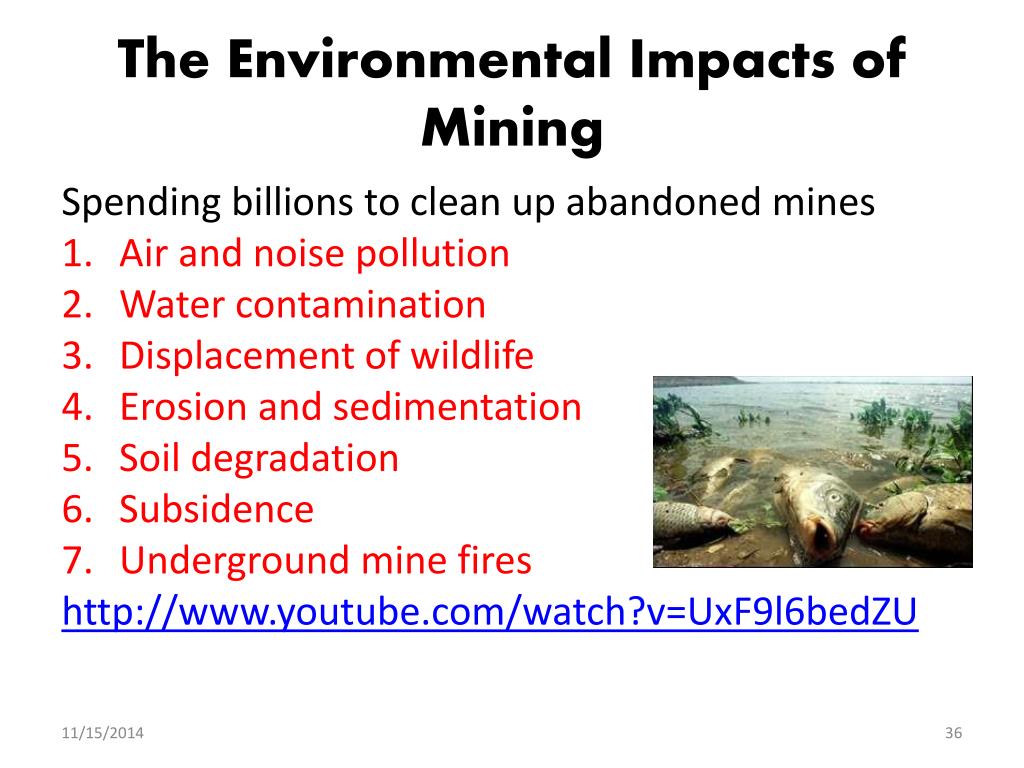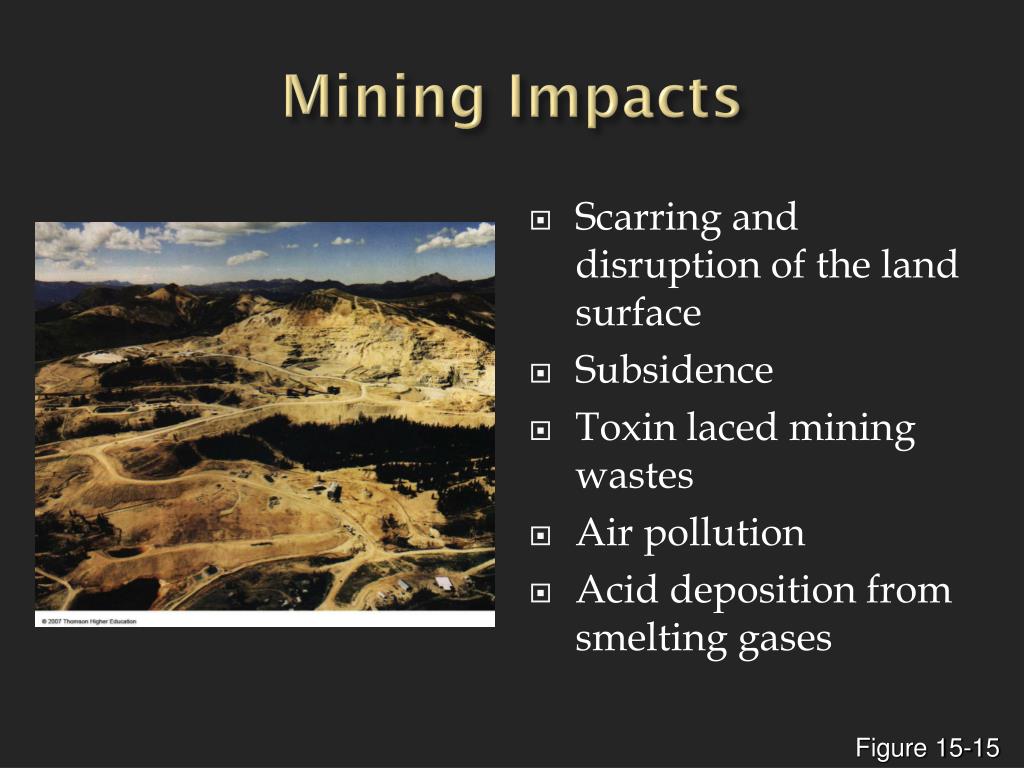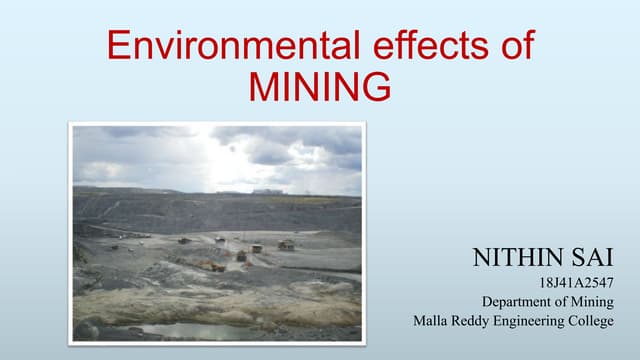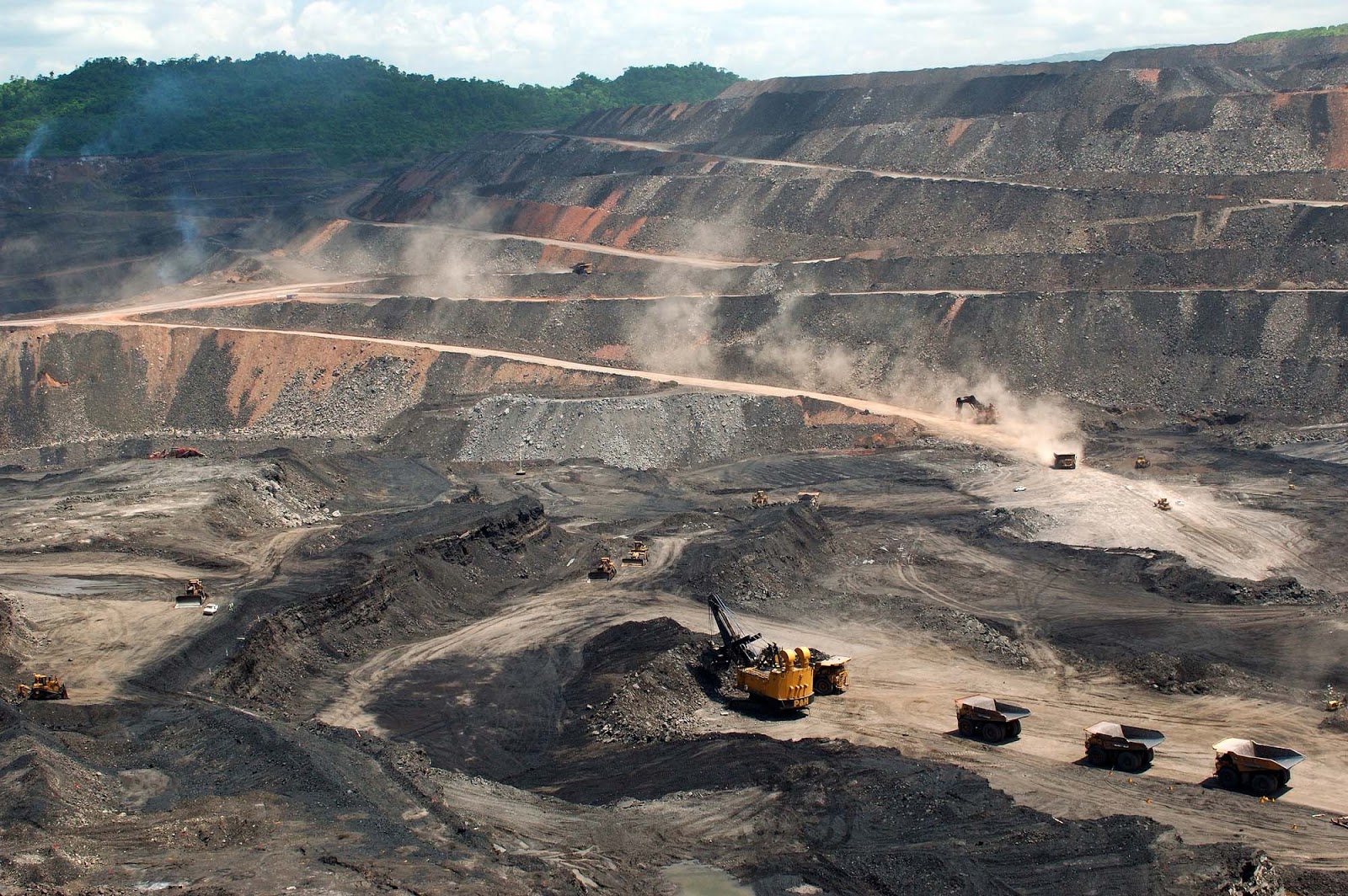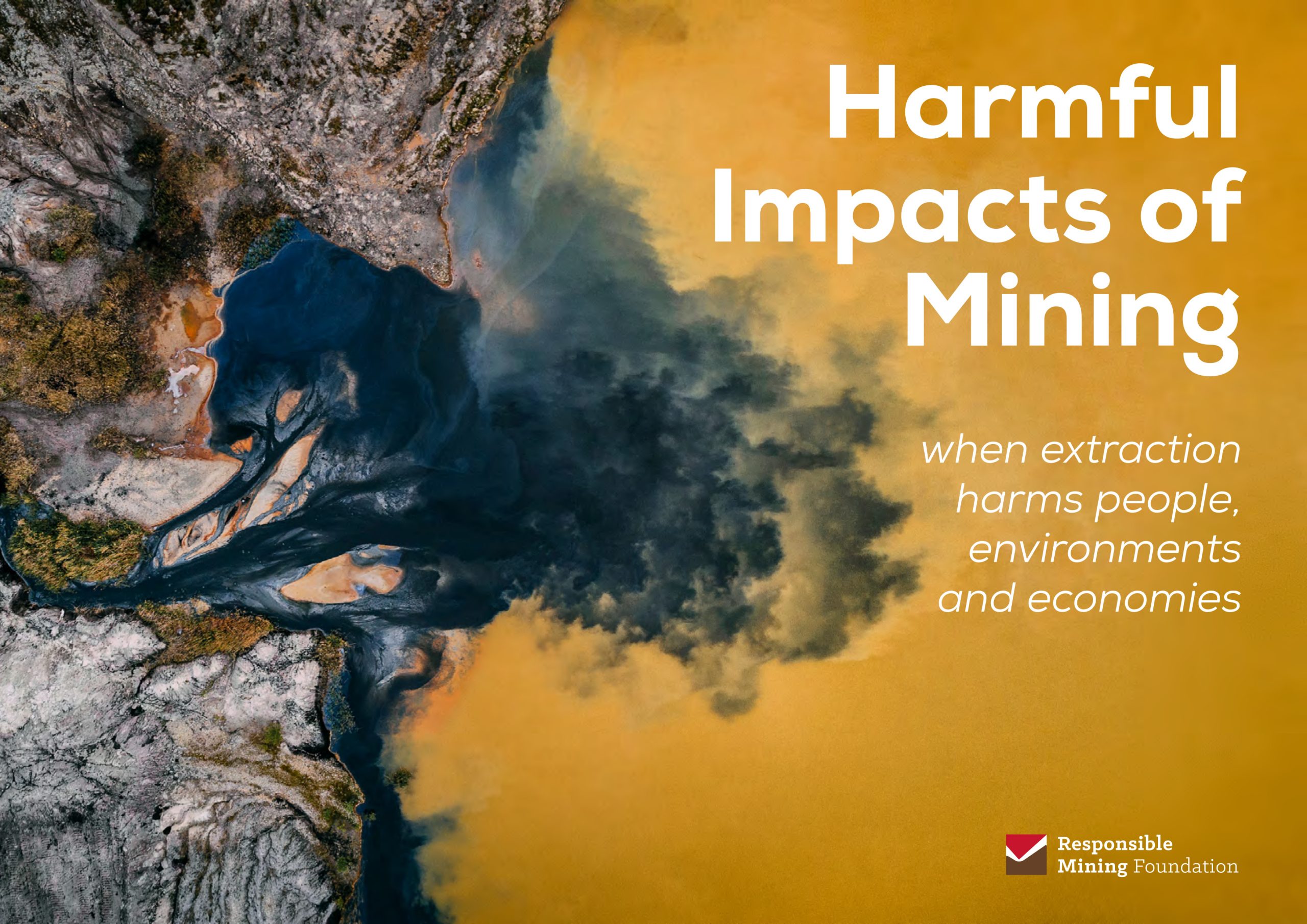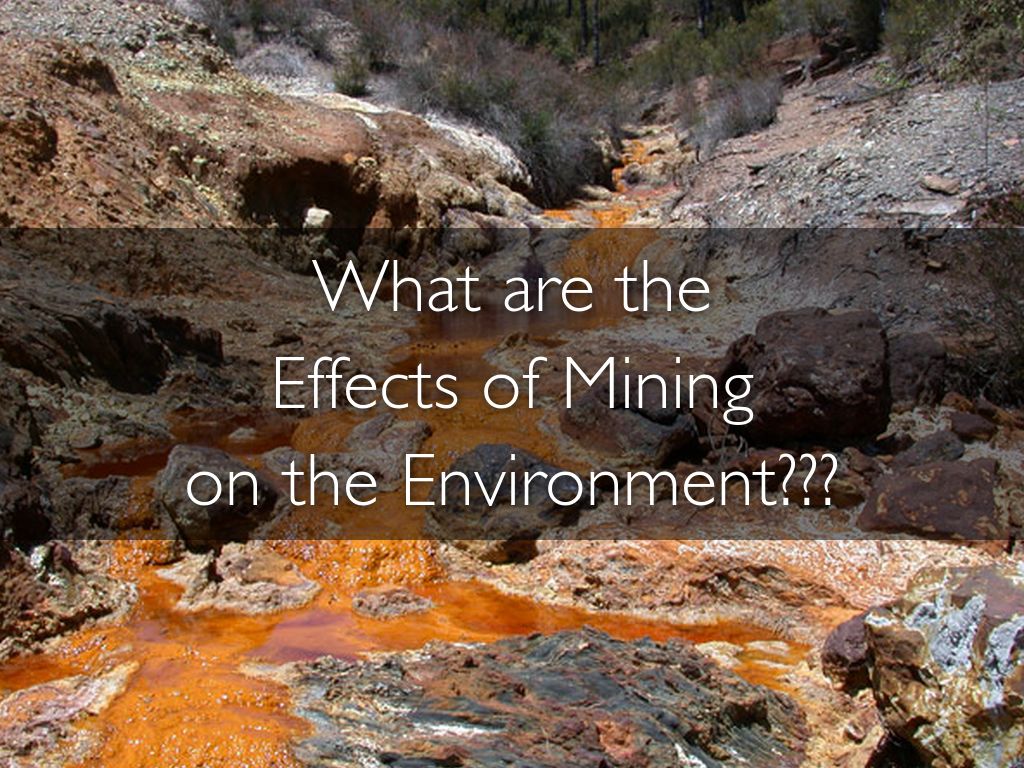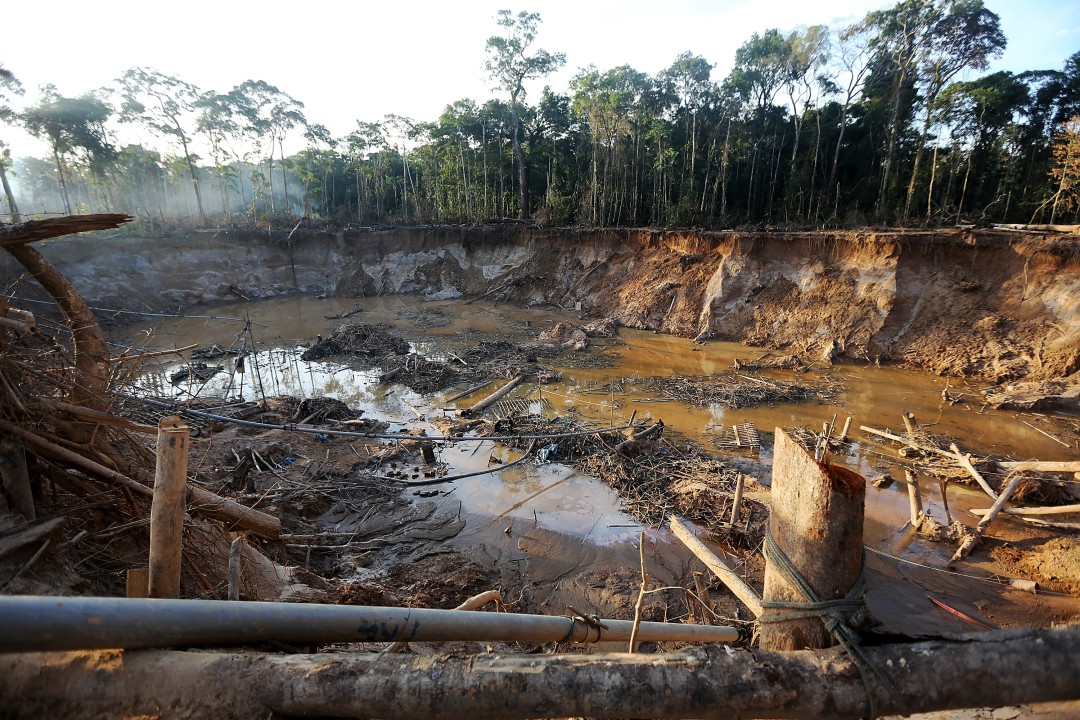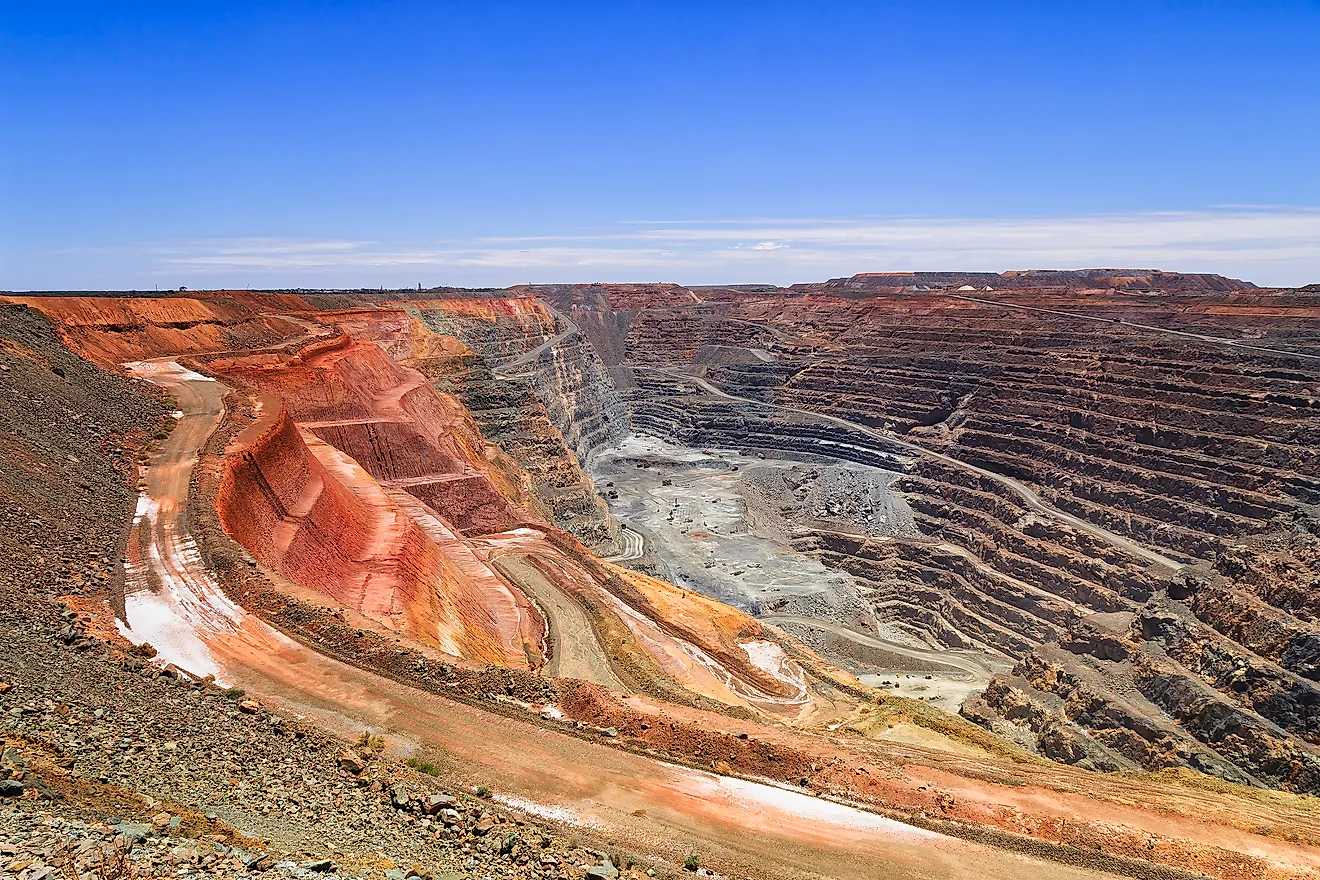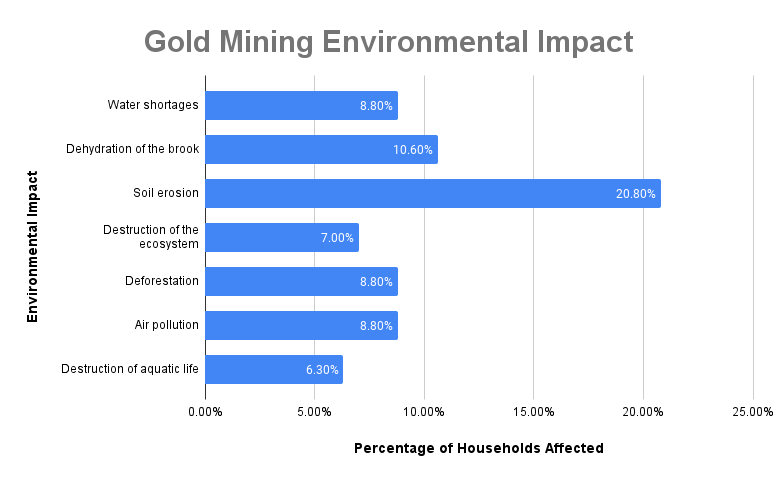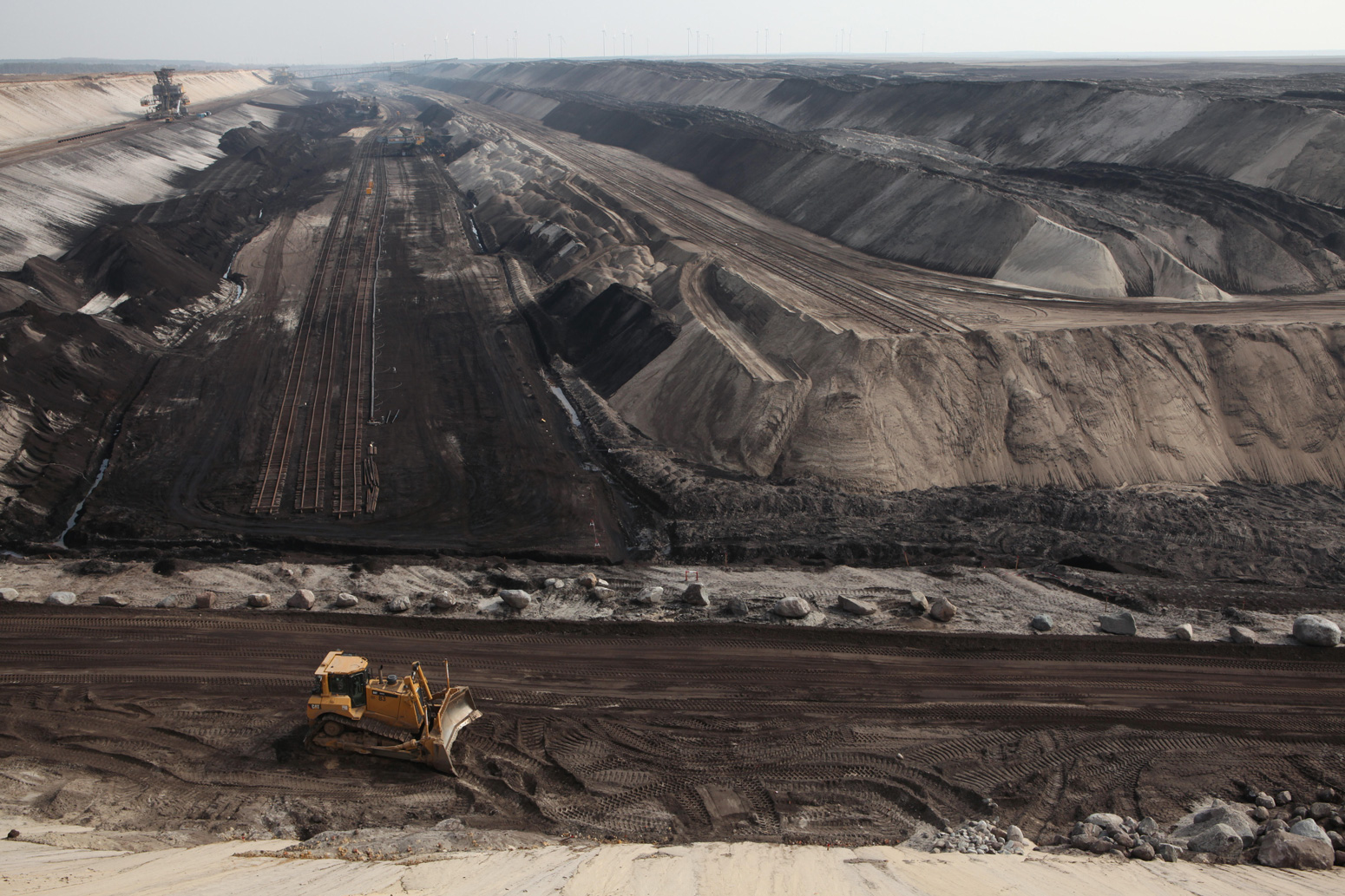What Resource Is Often Compromised Due To Mining

The thirst for minerals and metals, crucial for modern technology and infrastructure, often comes at a devastating cost. A silent casualty of mining operations worldwide is our most precious resource: water.
From sprawling open-pit mines to subterranean shafts, the extraction of minerals inevitably intersects with groundwater systems, surface water bodies, and entire watersheds, leaving a trail of pollution, depletion, and ecological disruption. The problem is so pervasive that it has become a defining characteristic of mining’s environmental impact, sparking conflicts, threatening ecosystems, and jeopardizing human health.
The Nut Graf: Understanding the Crisis
This article delves into the multifaceted ways in which mining activities compromise water resources. It examines the mechanisms of contamination, the extent of water depletion, and the impacts on both the environment and human communities.
We will explore the regulatory frameworks aimed at mitigating these impacts and the challenges of enforcing them. The goal is to paint a comprehensive picture of a critical issue that demands urgent attention and sustainable solutions.
Contamination: A Toxic Legacy
One of the most significant and visible impacts of mining is water contamination. Mining operations often expose previously buried minerals to air and water, triggering chemical reactions that release harmful substances.
Acid mine drainage (AMD) is a prime example, formed when sulfide minerals react with oxygen and water to produce sulfuric acid and dissolved metals like iron, aluminum, and arsenic. This acidic, metal-laden water can leach into nearby streams, rivers, and groundwater aquifers, rendering them unsuitable for drinking, agriculture, and aquatic life.
Tailings ponds, vast reservoirs used to store the waste materials from mining, pose another significant threat. These ponds often contain a slurry of finely ground rock, water, and chemicals used in the extraction process, including cyanide, mercury, and other heavy metals.
Breaches or leaks from tailings ponds can result in catastrophic environmental disasters, as seen in the 2015 Samarco dam collapse in Brazil, which released millions of cubic meters of toxic sludge into the Doce River, devastating communities and ecosystems downstream.
Water Depletion: Draining the Source
Beyond contamination, mining operations often consume vast quantities of water. Water is used in various stages of the mining process, including ore processing, dust suppression, and slurry transport.
In arid and semi-arid regions, where water resources are already scarce, mining can exacerbate water stress and lead to conflicts between mining companies, local communities, and other water users. The situation is made more complex by the frequent overlap of mining sites with indigenous territories, where traditional water rights and cultural practices are often disregarded.
Groundwater is particularly vulnerable to depletion. Mines that extend below the water table require constant dewatering to keep the workings dry. This dewatering can lower the water table over a wide area, impacting wells, springs, and wetlands.
Case Study: The Atacama Desert
The Atacama Desert in Chile, one of the driest places on Earth, is also a major center for copper and lithium mining. These mining operations consume large volumes of water, impacting local communities and fragile ecosystems.
Studies have shown that mining activities are contributing to the depletion of groundwater resources and the desiccation of wetlands, threatening the livelihoods of indigenous communities who rely on these water sources for agriculture and livestock herding. The competition for water between mining companies and local communities has led to social unrest and calls for greater regulation of the mining industry.
Regulatory Challenges and Enforcement Gaps
While many countries have regulations in place to protect water resources from mining impacts, enforcement is often weak and inconsistent. Monitoring of water quality and quantity is often inadequate, and penalties for violations are often too low to deter companies from polluting.
Furthermore, the cumulative impacts of multiple mining operations in a single watershed are often not adequately assessed or managed. This can lead to a gradual degradation of water resources over time, even if individual mining operations comply with regulations.
The lack of transparency in mining operations is another challenge. Mining companies often resist disclosing data on water usage, water quality monitoring, and environmental impact assessments. This lack of transparency makes it difficult for local communities and civil society organizations to hold companies accountable for their actions.
Moving Forward: Towards Sustainable Mining Practices
Addressing the water crisis in mining requires a multi-faceted approach. This includes strengthening regulations, improving enforcement, promoting water-efficient mining technologies, and engaging local communities in decision-making processes.
Independent environmental impact assessments, conducted with the full participation of affected communities, are essential for identifying potential water-related risks and developing mitigation measures. The use of closed-loop water systems, which recycle and reuse water, can significantly reduce water consumption in mining operations.
Furthermore, promoting research and development of alternative mining technologies that use less water or produce less waste is crucial. Ultimately, a shift towards a more sustainable mining industry, one that prioritizes environmental protection and social responsibility, is necessary to ensure that the extraction of minerals does not come at the expense of our most precious resource: water.
![What Resource Is Often Compromised Due To Mining [MCQ] Deforestation due to mining has caused severe land degradation](https://cdn.teachoo.com/a7b4771a-ed1d-4743-853a-0a75b680a46c/deforestation-due-to-mining---teachoo.jpg)
